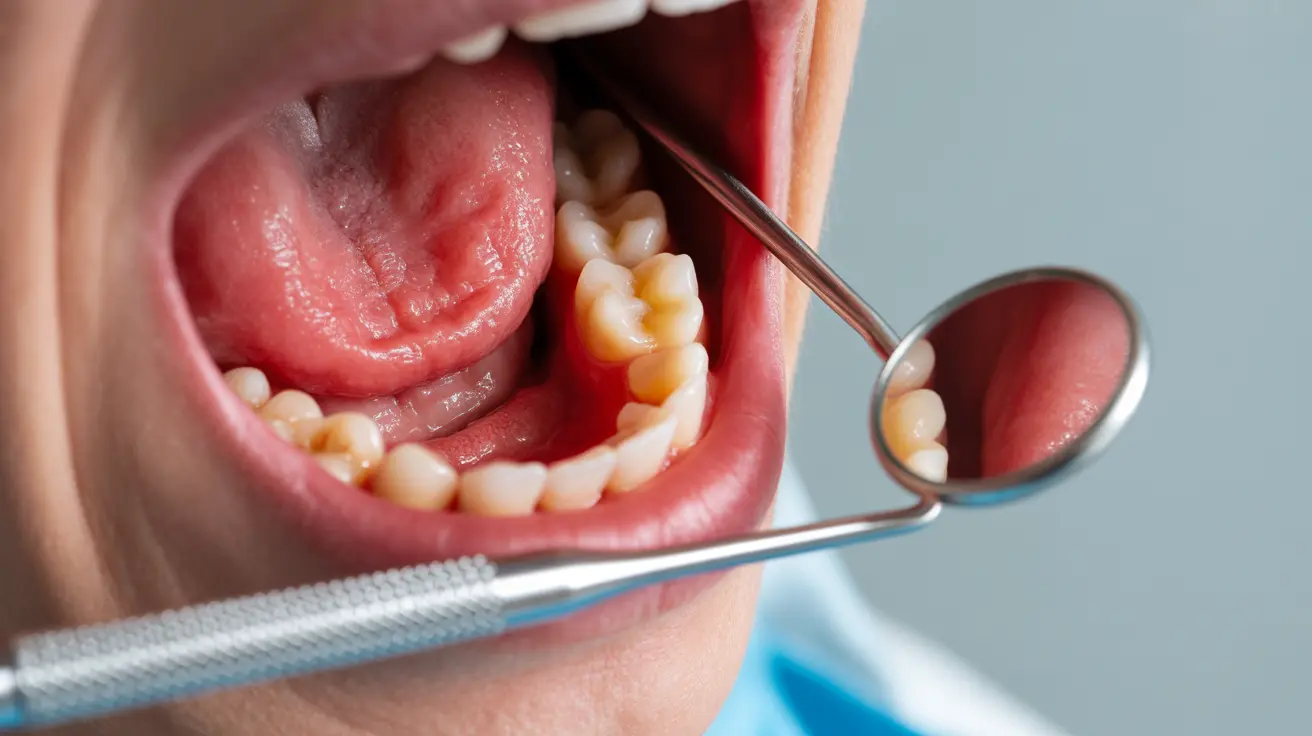Thrombosis, commonly known as blood clotting, is a serious medical condition that occurs when blood clots form inappropriately within blood vessels. While blood clotting is a vital process that prevents excessive bleeding when you're injured, unwanted clots can pose significant health risks by blocking blood flow to essential organs and tissues.
Understanding thrombosis is crucial because it can lead to life-threatening complications if left untreated. This comprehensive guide will explore the symptoms, diagnosis, treatment options, and prevention strategies for managing thrombosis effectively.
Understanding Blood Clots and Their Formation
Blood clots form when platelets and various proteins in your blood combine to create a semi-solid mass. While this process is beneficial for healing wounds, it can become dangerous when clots develop inside blood vessels without an injury.
There are two main types of thrombosis:
- Arterial thrombosis (clots in arteries)
- Venous thrombosis (clots in veins)
Recognizing the Signs and Symptoms
Early detection of thrombosis is vital for successful treatment. Common symptoms vary depending on the location of the clot:
Deep Vein Thrombosis (DVT) Symptoms
- Swelling in one leg or arm
- Pain or tenderness
- Warm skin in the affected area
- Redness or discoloration
- Visible surface veins
Pulmonary Embolism Symptoms
- Sudden shortness of breath
- Chest pain
- Rapid heartbeat
- Coughing, sometimes with bloody mucus
- Lightheadedness
Diagnosis and Treatment Approaches
Healthcare providers use various methods to diagnose thrombosis, including:
- Ultrasound imaging
- D-dimer blood tests
- CT scans
- MRI scans
Treatment typically involves medications and lifestyle modifications, with the primary goals of preventing clot growth and reducing the risk of new clots forming.
Medical Treatments
The main treatment options include:
- Anticoagulant medications (blood thinners)
- Thrombolytic therapy for severe cases
- Compression stockings
- Regular monitoring of blood coagulation levels
Prevention Strategies
Several lifestyle modifications can help reduce the risk of developing thrombosis:
- Regular physical activity
- Maintaining a healthy weight
- Staying hydrated
- Avoiding prolonged immobility
- Quitting smoking
- Managing underlying health conditions
Frequently Asked Questions
What are the symptoms of a blood clot in the leg and how is it diagnosed?
Blood clots in the leg typically cause swelling, pain, warmth, and redness in the affected area. Diagnosis usually involves a physical examination, ultrasound imaging, and blood tests to measure D-dimer levels. Your healthcare provider may also conduct additional imaging tests if needed.
How is thrombosis treated, and what are the roles of anticoagulants and thrombolytics?
Thrombosis is primarily treated with anticoagulants (blood thinners) to prevent existing clots from growing and new ones from forming. Thrombolytics are reserved for severe cases and work by breaking down existing clots. Treatment plans are individually tailored based on the patient's specific condition and risk factors.
Can lifestyle changes help prevent blood clots, and what are the most effective methods?
Yes, lifestyle changes can significantly reduce blood clot risk. The most effective methods include regular exercise, maintaining a healthy weight, staying active during long trips, quitting smoking, and staying well-hydrated. These changes, combined with proper medical management when necessary, form a comprehensive prevention strategy.
What are the risks and benefits of long-term anticoagulant therapy for blood clot prevention?
Long-term anticoagulation therapy helps prevent dangerous blood clots but carries risks such as increased bleeding tendency. Benefits include reduced risk of recurrent thrombosis and its complications. Regular monitoring and proper dosing help maintain a safe balance between clot prevention and bleeding risk.
How can I reduce my risk of getting another blood clot after a previous episode?
To prevent recurrent blood clots, follow your prescribed medication regimen, maintain regular medical check-ups, stay physically active, and address any underlying health conditions. Wearing compression stockings when recommended and avoiding long periods of immobility are also important preventive measures.




